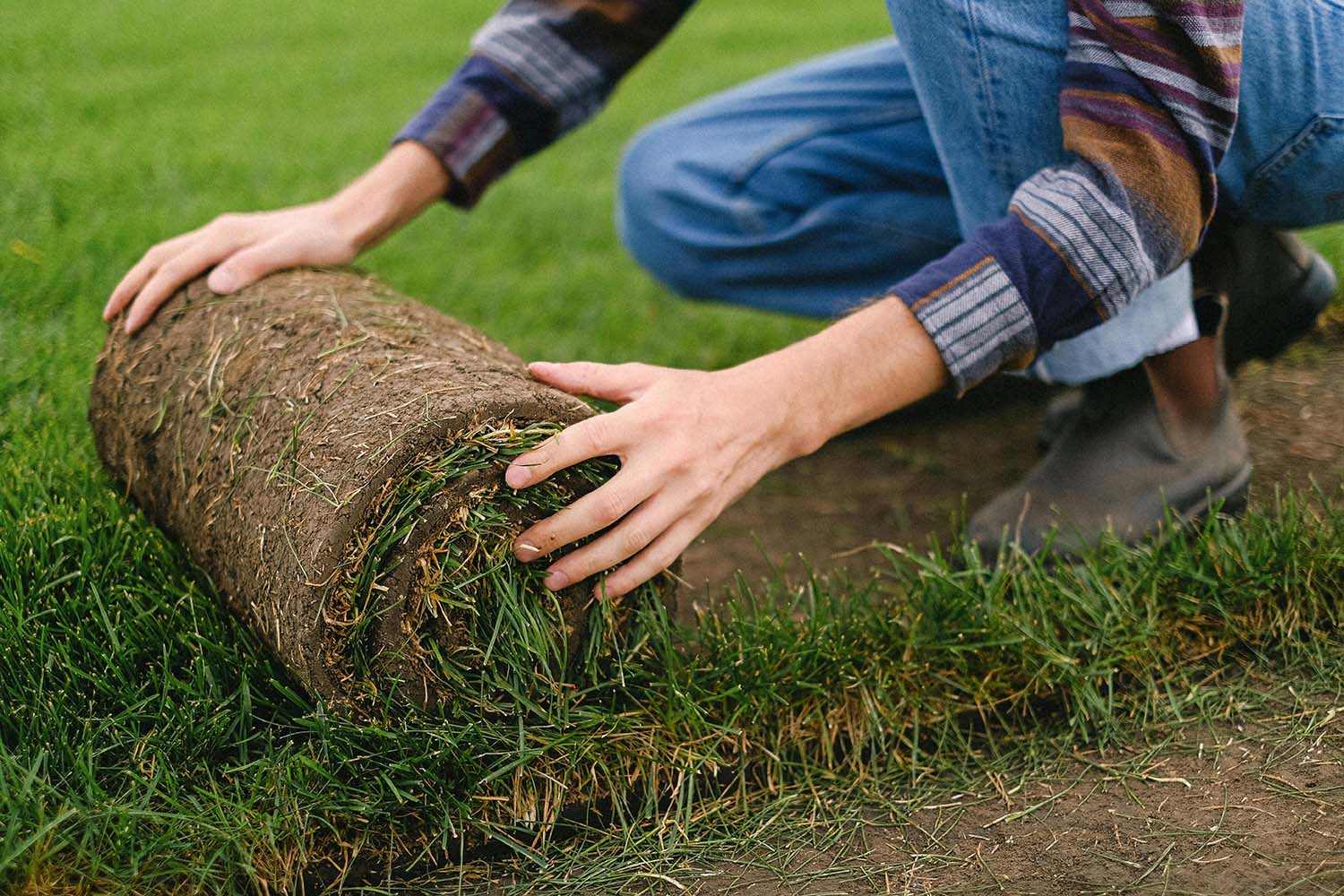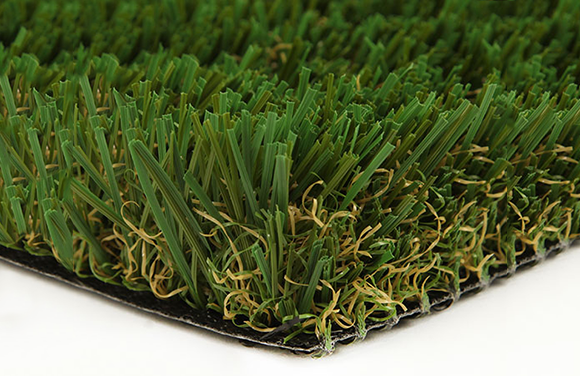Expert Arizona Turf Installation Services for Residential and Commercial Use
Expert Arizona Turf Installation Services for Residential and Commercial Use
Blog Article
Delve Into the Environmental Perks of Opting for Artificial Lawn Solutions
The fostering of artificial grass services offers an engaging possibility to address pressing environmental obstacles. By significantly minimizing water usage and reducing the application of dangerous chemicals, these choices not just promote sustainable landscaping however likewise protect neighborhood ecosystems. The reduced carbon impact associated with decreased upkeep activities contributes to a much more lasting approach to land monitoring. The implications of these benefits prolong past plain conservation efforts, increasing questions about their long-lasting impact on environment preservation and total environmental balance. Checking out these dimensions reveals an intricate interaction worth taking into consideration.
Water Preservation Benefits
One of one of the most significant benefits of fabricated grass is its capacity to conserve water. Standard yard yards require substantial irrigation, particularly in areas susceptible to dry spell or water limitations. In comparison, synthetic grass does not require watering, considerably minimizing the total demand for water resources. This attribute is specifically useful in deserts where water deficiency is a pushing issue.
By getting rid of the need for regular watering, fabricated turf adds to lasting landscape techniques and assists mitigate the environmental impact of extreme water intake. Furthermore, the preservation of water extends to the decrease of overflow, which can bring about dirt disintegration and waterway air pollution.
In addition, the installation of fabricated turf permits property owners and towns to allot water sources much more efficiently, concentrating on crucial uses such as drinking water and farming. The shift towards synthetic grass not only promotes responsible water use but also straightens with wider environmental objectives aimed at preserving all-natural sources.
As areas increasingly prioritize sustainability, the water conservation advantages of synthetic grass present an engaging situation for its adoption in industrial and household landscaping projects.
Minimized Chemical Use
The shift to artificial lawn significantly lowers the reliance on chemical treatments commonly utilized in all-natural grass maintenance. Conventional lawn management generally includes the application of chemicals, herbicides, and fertilizers to promote growth and control bugs. These chemicals can posture threats to human health, local wild animals, and the environment, adding to dirt and water contamination.
In comparison, artificial lawn eliminates the need for these dangerous compounds. By lessening the launch of artificial substances right into the community, fabricated grass advertises healthier soil and water systems.
In addition, the lack of chemical drainage connected with synthetic grass installations aids protect neighborhood rivers from pollution, sustaining water life and keeping biodiversity. Turf installation phoenix az. As communities increasingly focus on sustainable techniques, selecting artificial grass presents a viable service that aligns with environmental conservation goals. Through this change, homeowner can take pleasure in lavish environment-friendly spaces without jeopardizing ecological health, leading the way for an extra sustainable future
Lower Carbon Impact

In addition, the setup of synthetic grass can lead to considerable water conservation. Natural yards need substantial amounts of water for irrigation, which not only adds to the carbon impact associated with water removal and therapy yet likewise strains neighborhood water sources. In contrast, synthetic grass requires minimal upkeep, requiring no watering, thereby considerably minimizing water usage and its associated power expenses.
In addition, the longevity of synthetic grass contributes to its lower carbon impact. With a life-span of up to 15 years or more, the need for regular substitutes is reduced, leading to less waste and lower energy consumption in production and taking care of standard turf alternatives. On the whole, synthetic grass provides a sustainable option for eco mindful landscape design.
Habitat Preservation
Environment conservation is an essential factor to consider in the dispute over landscape design choices, specifically when comparing synthetic grass to natural yard. All-natural turf yards typically need extensive upkeep, consisting of using herbicides, pesticides, and fertilizers, which can detrimentally impact regional ecosystems. These chemicals can seep into the dirt and waterways, harming indigenous plants and animals and interrupting local environments.
Synthetic turf gets rid of the need for unsafe chemicals, thus safeguarding close-by wild animals and preserving the integrity of bordering communities. The installation of fabricated turf can lead to the conversion of previous yard locations right into even more biodiverse landscapes, such as pollinator yards or native plant locations, which can support local wildlife.
Inevitably, the change to synthetic grass not only conserves water and decreases maintenance initiatives but also fosters a more unified connection between human tasks and the natural surroundings, advertising environment conservation in the process.
Long-Term Sustainability
Long-lasting sustainability go to this site is a vital variable in examining the advantages of synthetic grass over standard yard yards. One of one of the most considerable benefits of fabricated lawn is its longevity; it can last approximately 15-20 years with minimal upkeep, whereas all-natural turf calls for frequent reseeding and replacement. This longevity minimizes the requirement for continuous sources, such as water, plant foods, and pesticides, which are important for preserving a healthy and balanced turf lawn.
Additionally, synthetic grass adds to a decrease in carbon discharges connected with yard treatment equipment. Typical yards often call for gas-powered mowers, trimmers, and blowers, all of which contribute to air pollution. Arizona turf. In comparison, man-made grass removes the requirement for such equipment, promoting a cleaner environment
Additionally, the production of synthetic grass significantly makes use of recycled materials, enhancing its read here sustainability account. As makers adopt eco-friendly techniques, the environmental impact of synthetic grass continues to lessen.

Verdict
The adoption of synthetic grass services provides considerable ecological advantages, consisting of considerable water preservation, minimized dependence on hazardous chemicals, and a reduced carbon footprint. Additionally, fabricated grass aids in preserving all-natural environments by reducing land disruption and promoting long-term sustainability with making use of sturdy products. Jointly, these factors underscore the capacity of fabricated lawn to add positively to ecological health and supply a feasible option to standard landscape design practices Source in a progressively resource-conscious world.
In comparison, man-made lawn does not require watering, considerably reducing the total demand for water sources. By reducing the release of artificial compounds right into the ecosystem, artificial turf advertises much healthier soil and water systems.
In addition, the installation of fabricated turf can result in considerable water preservation. In contrast, fabricated turf requires minimal maintenance, calling for no watering, thereby substantially lowering water use and its linked energy prices.

Report this page